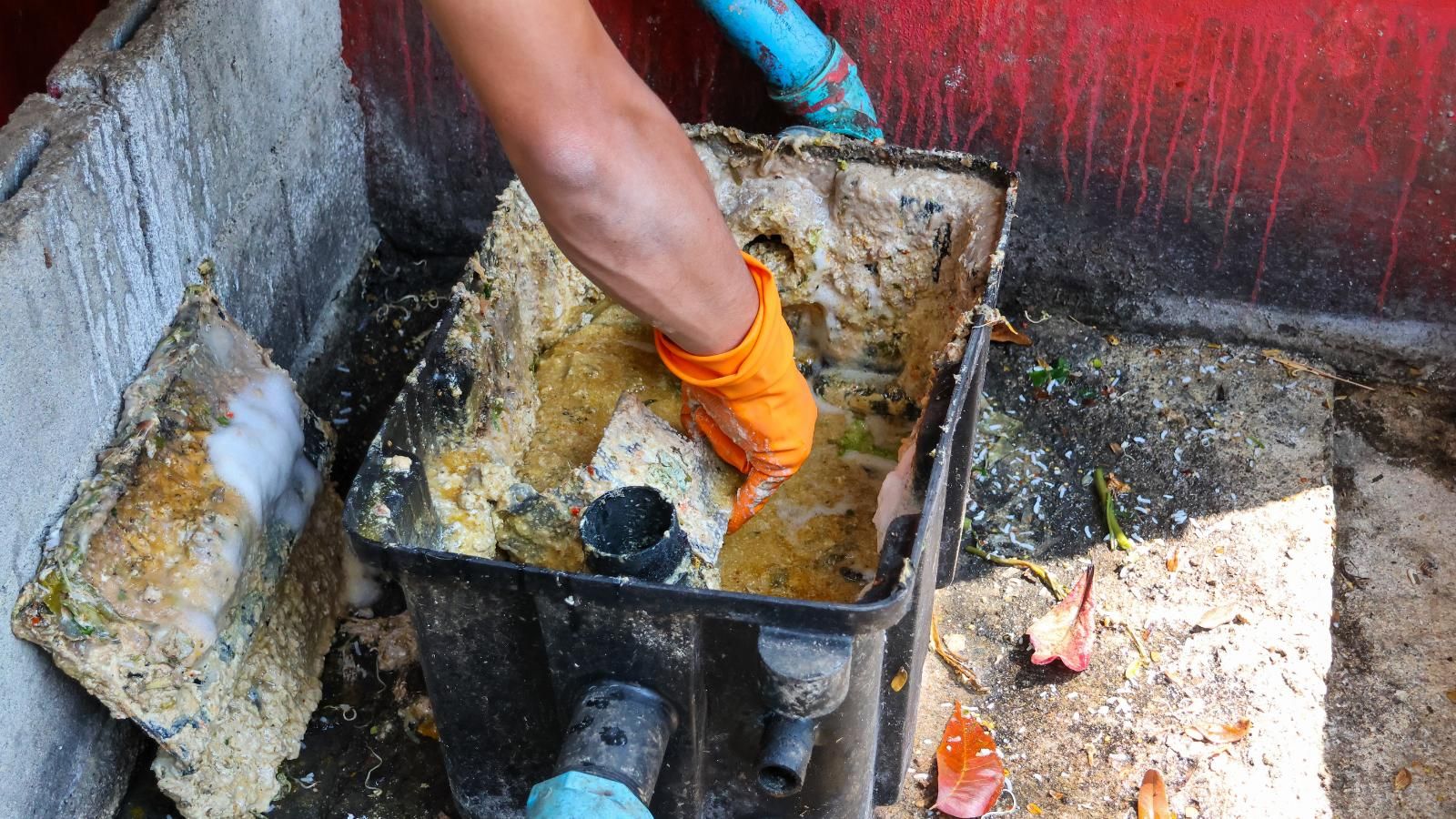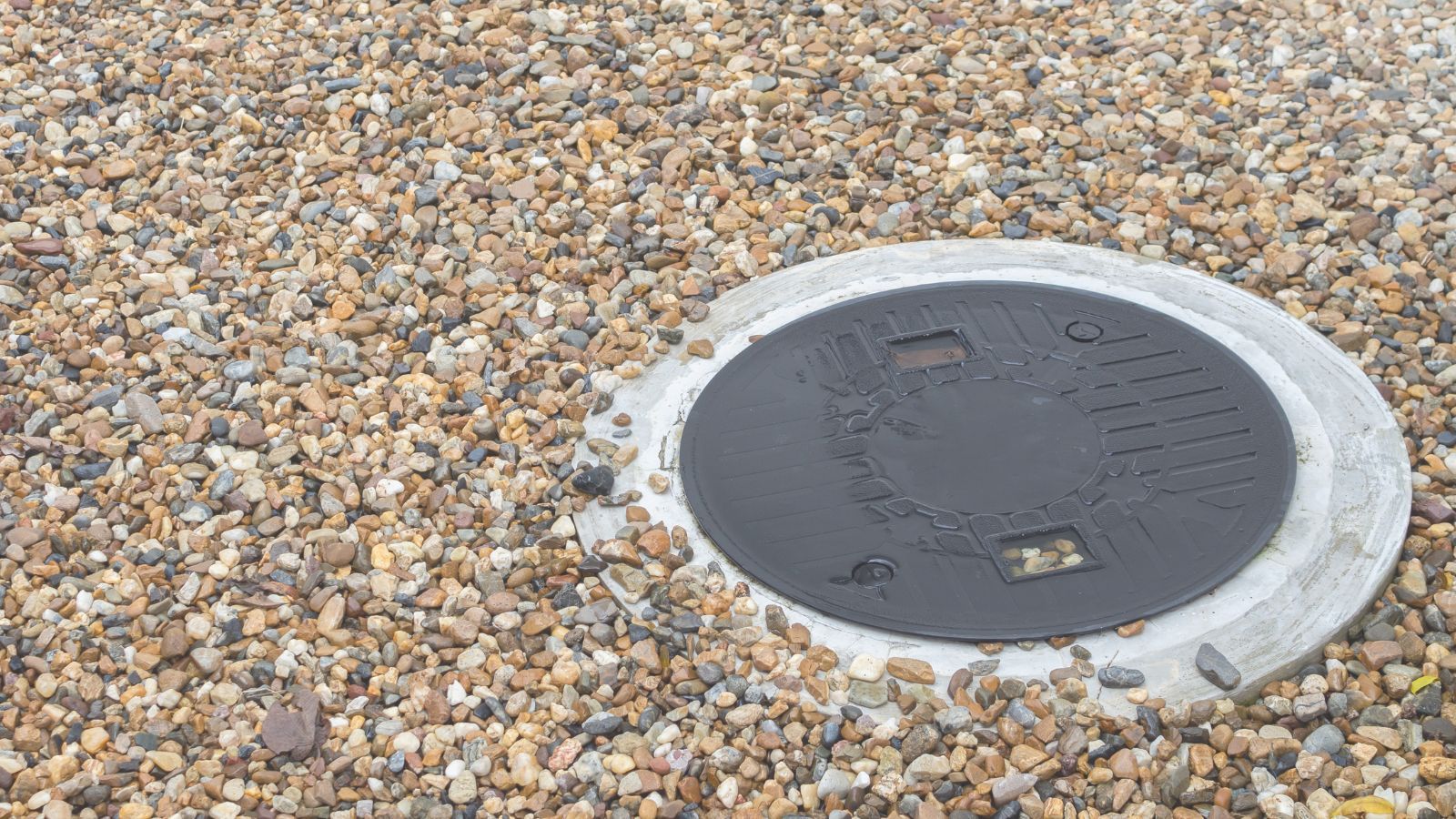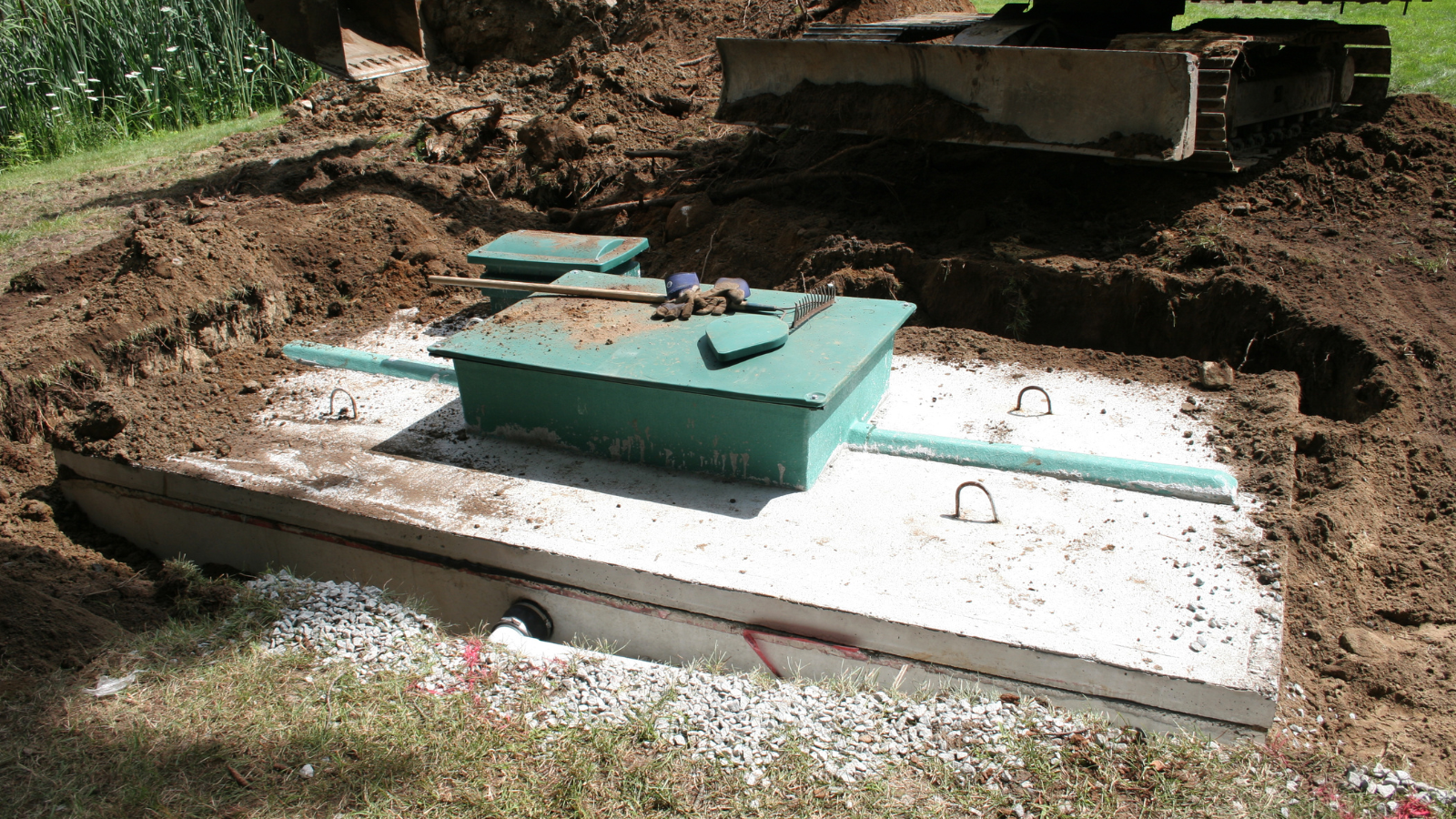Installing a Septic Tank? Here’s How to Do It Right
Learning how to install a septic tank properly involves careful planning and precision. Getting it right first avoids costly repairs and ensures the system operates effectively for years. This guide explains the essential steps and considerations for a seamless installation. A septic tank setup starts with preparing the site and concludes with wrapping up the setup so your new septic system will work optimally.
The Essential Steps for Installing a Septic Tank
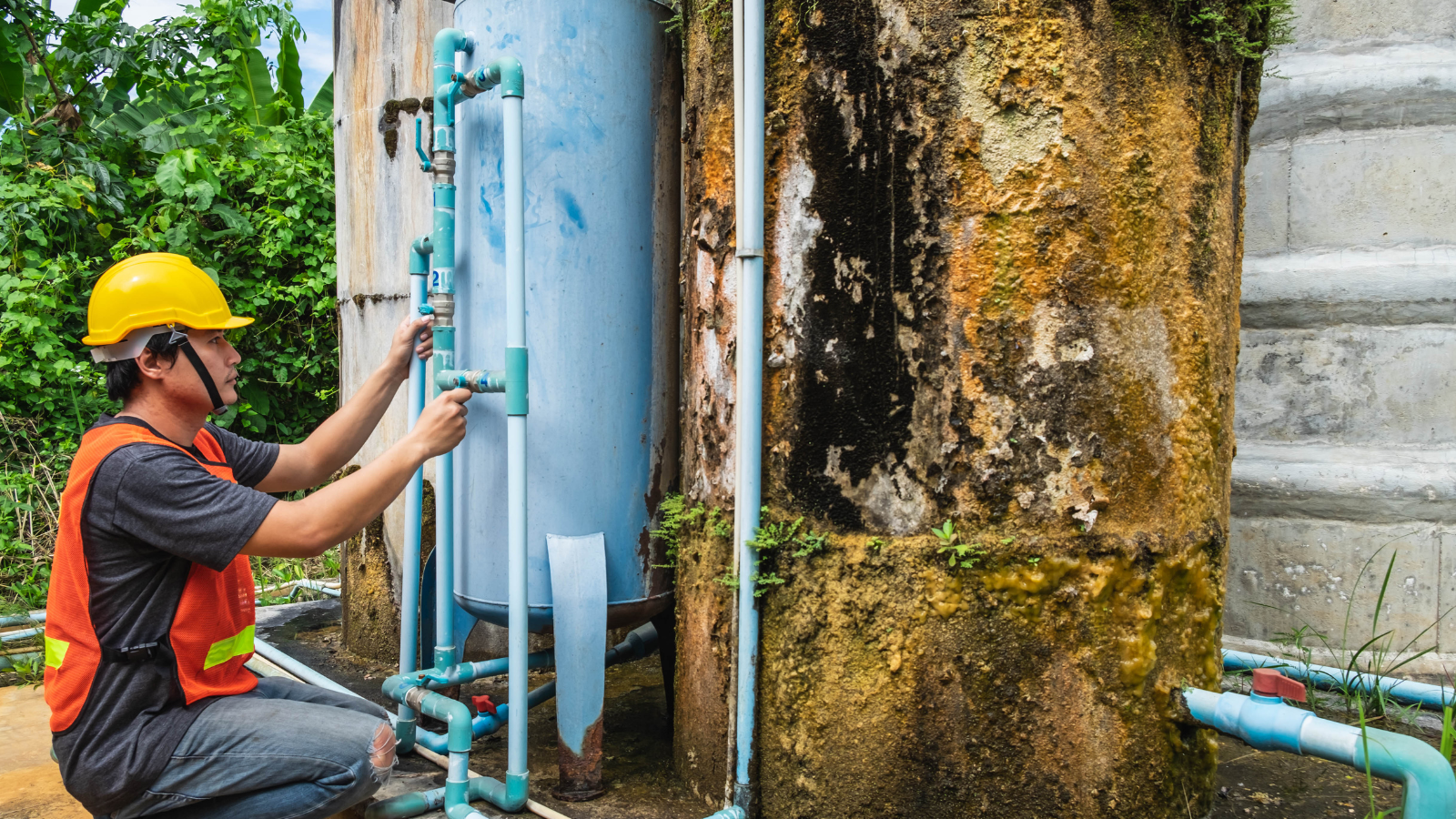
Installing a septic tank involves several critical steps for meeting local regulations and operating efficiently:
First – Secure the required permits and hire a qualified contractor.- Second – The leach field must be carefully dug, according to precise measurements to support proper drainage.
- Finally – Place the septic tank accurately and secure it for long-term performance.
These key steps will set your septic system up for success.
Securing the Required Permits & Hiring a Qualified Contractor
Obtaining Requires Permits
- Permit Types: Typically, a septic system installation requires a septic system and an environmental health permit specific to the local area.
- Where to Apply: Permits for a new septic tank installation are obtained from local health departments or environmental agencies. Contact the Local County or City Office to confirm specific requirements.
- Application Process: Most permit applications require a detailed plan of the septic system layout, soil testing results, and proof of a licensed contractor.
Importance of Permits for Compliance
- Legal Compliance: Pulling permits ensures that the septic system installation follows local building codes, environmental regulations, and health standards.
- Insurance and Liability: Proper permits protect homeowners from liability and help with insurance overage if issues arise.
- Future Property Value: Unpermitted work may impact property resale value, as buyers and inspectors will look for proof of legal installations.
Finding a Reputable Contractor
- Research Qualified Contractors: Locate licensed septic system contractors with solid reputations. Start with online reviews, local directories, and referrals from neighbors or builders.
- Verify Credentials: Check licensing, certifications, and insurance coverage to ensure the contractor is legally certified to perform septic installations in your area.
- Request a Written Estimate: Obtain a detailed estimate that includes costs for labor, materials, timelines, and any additional charges for unexpected issues.
Risks of DIY Installation without a Contractor
- Legal Penalties: Installing a septic system without the necessary permits and a licensed contractor can result in fines, legal issues, or mandated system removal.
- System Inefficiency and Costly Repairs: Improper installation can lead to inefficient system performance, potential health hazards, and expensive repairs.
- Environmental Health Hazards: Defective installation may result in soil and water contamination.
Digging the Leach Field
Understanding the Purpose of the Leach Field
- Role in Wastewater Treatment: The leach field, or drain field, is essential for filtering wastewater from the septic tank, allowing it to percolate safely into the soil.
- Proper Planning: To ensure effective filtration, the leach field must be accurately sized and located based on soil type, groundwater levels, and property size. Proper planning minimizes risks of contamination, backups, and system failure.
Steps for Digging the Leach Field
- Site Assessment: Soil type and water table levels are assessed, which affect drainage and the depth of trenches. A soil test (percolation or “perc” test) may be required to determine how quickly water will filter through the ground.
- Marking the Layout: Outline the leach field layout per the septic plan. This layout includes parallel trenches that evenly distribute effluent from the septic tank.
- Excavating Trenches: Trenches are dug 18 to 50 inches deep and 1 to 3 feet wide, with spacing between them for adequate filtration and aeration. Precision is essential for proper drainage.
- Tools Required: A backhoe or excavator is often used for digging trenches, as leach fields require specific trench depths and widths that are labor-intensive when done manually.
- Gravel and Piping: A layer of gravel is laid in the trench to support perforated pipes that allow wastewater to disperse gradually.
- Distribution Boxes (D-Box): Distribution boxes are sometimes used to distribute effluent evenly into trenches. This tool ensures a balanced wastewater flow across the leach field.
Placing the Septic Tank
Ensuring Correct Depth and Leveling
- Determine the Proper Depth: Depending on the septic system, the tank should be positioned beneath the building's sewer outlet, allowing gravity to guide wastewater into the tank.
- Leveling the Tank: Place the tank on a level, compacted base to avoid shifting over time. A level tank prevents uneven filling, which can lead to leaks or backflow.
- Allow for Maintenance Access: Ensure the access lids and risers are reachable from the surface for routine inspections and pumping.
How Much Does It Cost to Install a Septic Tank?
The average cost of installing a septic tank is between $3,000 and $7,000. Larger or more complex systems can be $15,000 or more. Many factors will affect the cost, including:
- Tank Materials
- Soil Type & Terrain
- System Size
- Permit & Inspection fees
- Labor and Contractor Rates
Install during off-peak seasons; compare quotes, and choose the right tank material to save money on your septic tank install.
Proper Septic Tank Installation Leads to Long-Term Benefits
Proper septic tank installations require planning, precise execution, and adherence to regulations. For long-term success that promotes safe wastewater treatment for your property, you must secure permits and hire a qualified contractor to dig the leach field and properly place the tank.
For professional assistance in Hearne, TX, reach out to We Pump It Septic Service at 979-906-1792. Our experts will guide your every step for septic tank installation, ensuring compliance, quality, and peace of mind for years.
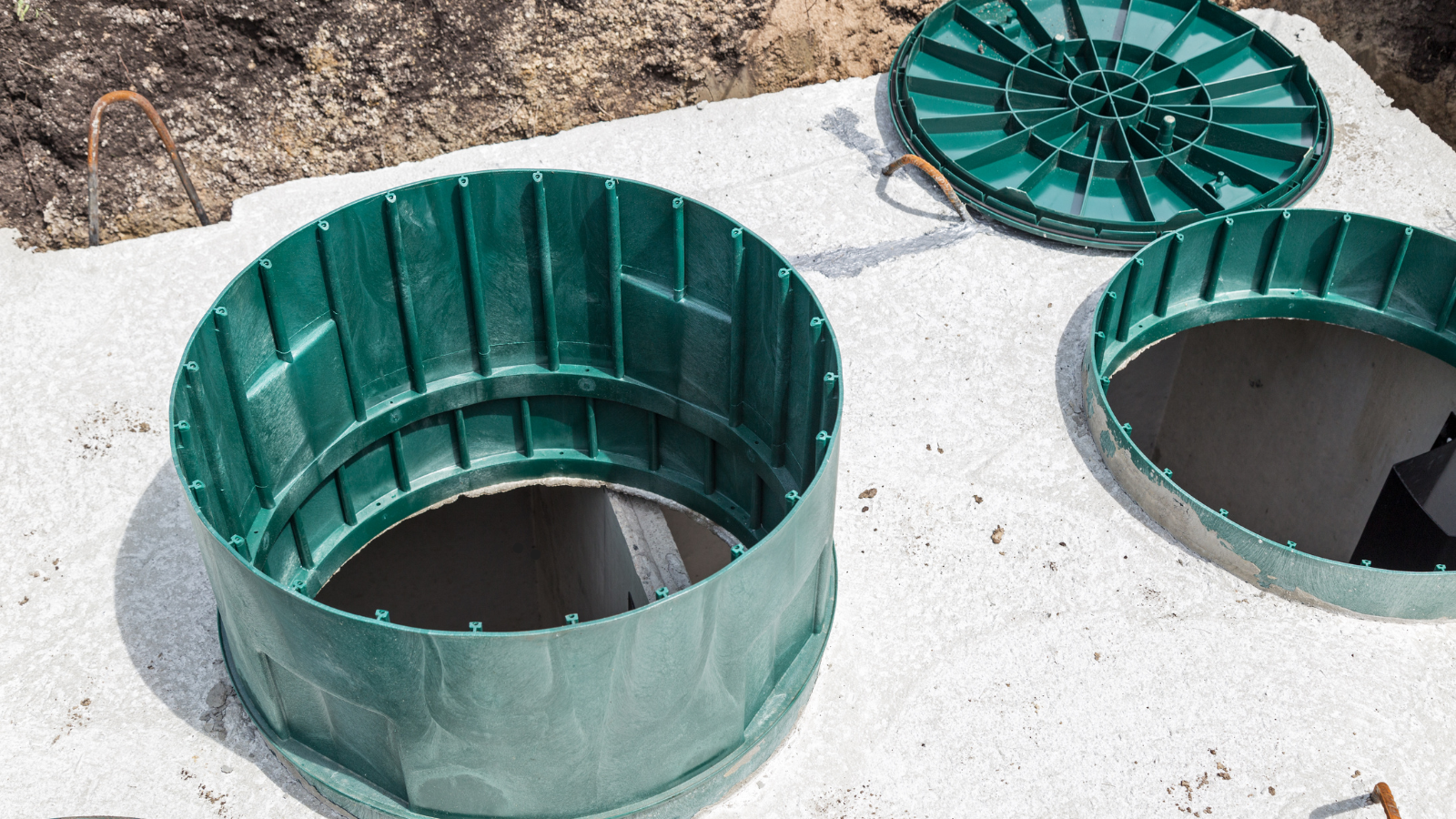
PAYMENT OPTIONS
- Cash
- Check
- MasterCard
- Visa
- Discover
- American Express
- Debit
All Rights Reserved | Website Design by ATD-Media | Copyright

